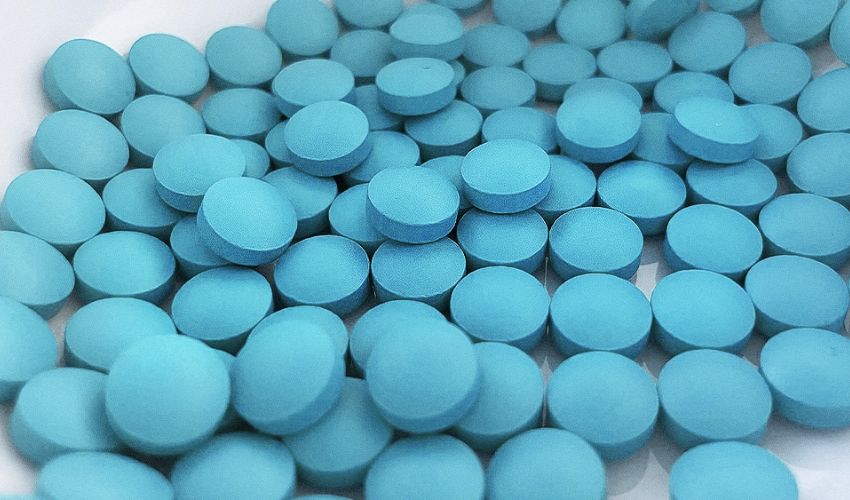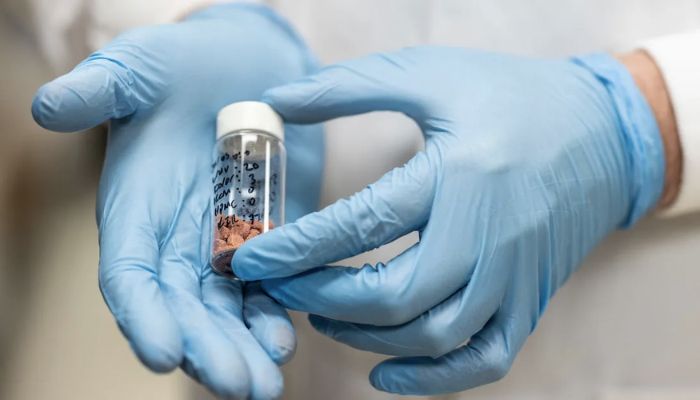Research Begins On 3D Printed Drugs For Pediatric Care

In 2022, the global pharmaceutical industry was valued at $1.4 trillion, but it has only been in the past few years that more buzz has surfaced about 3D printed medications and how their production could revolutionize the way we take our medicine. Indeed, the medical sector is no stranger to additive manufacturing, having made significant advances in theory and practice with bioprinting, 3D printed prostheses, and surgical guides. However, recently more companies and researchers have been making inroads into the application and manufacture of 3D printed drugs that provide unique options unavailable to traditional pills.
Unlike their mass-produced relatives, 3D printed pharmaceuticals create a unique medium where it is possible to create fully personalized treatments with the opportunity to control the exact dosage, combine multiple drugs into a single pill, and even better control the release of the drugs within our bodies. With such advanced customizability, it would be possible to better aid the most vulnerable and critical of patients such as children and the elderly. Children in particular require more attentive planning and modified dosages that will not impact their health or development as they grow at such a rapid pace.
Creating 3D Printing Drugs for Children
In light of that, the National Institutes of Health (NIH) has awarded researchers at Texas A&M University a three million dollar grant to further study the feasibility of producing tailor-made, 3D printed medicine for pediatric care. The research being conducted at Texas A&M is part of an interdisciplinary team of experts from the university’s Colleges of Engineering, Pharmacy, and the School of Veterinary Medicine and Biomedical Sciences. It will focus on two aspects, the first being the manufacture of the drugs, their structural qualities, integrity, and overall effectiveness compared to current pharmaceuticals. The second aspect of the research will focus on the patient; on how 3D printing methods can help adapt the dosage size of medication throughout the growth of their patients, ranging from infants to 17-year-olds.
“The additive manufacturing of pharmaceuticals presents a relatively new process that differs significantly from the additive manufacturing of metals or ceramics. Our primary challenge lies in comprehending this novel process and unraveling the unique aspects specific to pharmaceuticals. Overcoming these challenges is essential as we strive to advance the field and ensure the drug’s efficacy remains intact throughout [and] beyond the manufacturing process,” explains Dr. Mathew A. Kuttolamadom, associate professor from the Department of Engineering Technology and Industrial Distribution and co-principal investigator of the research team.

Part of the research will cover the efficacy and integrity of 3D printed drugs compared to mass-produced drugs (photo credits: Cameron Johnson/Texas A&M Health Marketing & Communications)
One of the most important requirements for pediatric and geriatric medicine is flexibility, something that standard drug production is unable to provide because the constant variation in patients’ weights and medical requirements make younger and older patients more difficult to precisely treat compared to an average adult patient. 3D Printing medicine provides the perfect opportunity to bring that flexibility to the patients who need it. You can learn more about Texas A&M University’s research HERE.
What do you think of 3D printed medicine? Let us know in a comment below or on our LinkedIn, Facebook, and Twitter pages! Don’t forget to sign up for our free weekly Newsletter here, the latest 3D printing news straight to your inbox! You can also find all our videos on our YouTube channel.
*Cover Photo Credits: Jesus A. Reina/Texas A&M Engineering






